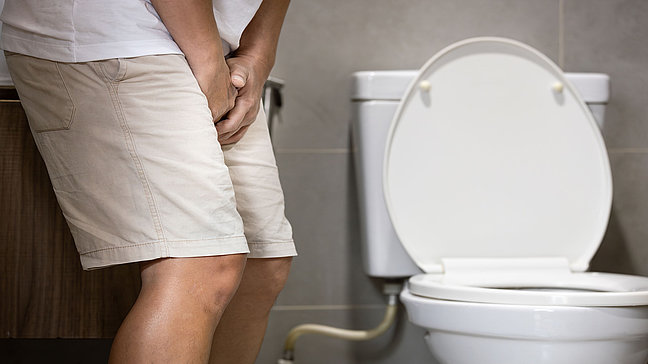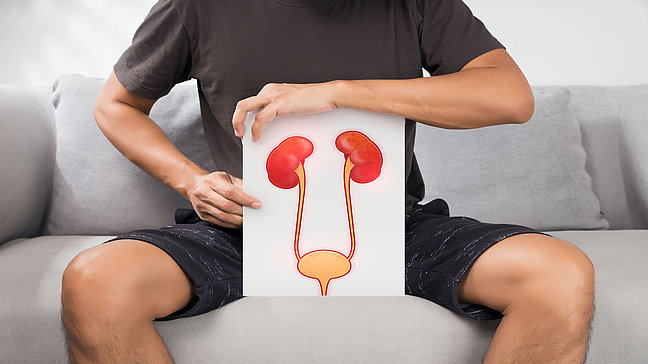
Meatusenge
Causes of meatal stenosis
The narrowing of the meatus can have various causes:
- Congenital malformation: Some children are born with a narrowed urethral opening.
- Scar formation after circumcision: One of the most common causes in boys is the formation of scar tissue after circumcision.
- Chronic inflammations: Repeated inflammations or infections of the urethra can lead to a narrowing of the urethral opening.
Symptoms of meatal stenosis
- Weak or interrupted urine stream
- Pain or burning during urination
- Prolonged time required for urination
- Frequent urinary tract infections
- In severe cases, difficulty emptying the bladder may occur
Diagnosis of meatal stenosis
The diagnosis is made through a physical examination in which the doctor checks the urethral opening. A urine flow measurement (uroflowmetry) can be performed to assess the strength of the urine stream. In some cases, a cystoscopy (bladder endoscopy) may be necessary to examine the urethra and bladder more closely.
Treatment options for meatal stenosis
- Operative enlargement (Meatotomy): The most common treatment method is a minor surgical procedure to enlarge the urethral opening. This procedure is usually performed on an outpatient basis and under local anesthesia.
- Long-term monitoring: After the operation, the urethral opening is regularly checked to ensure that the narrowing does not recur.



